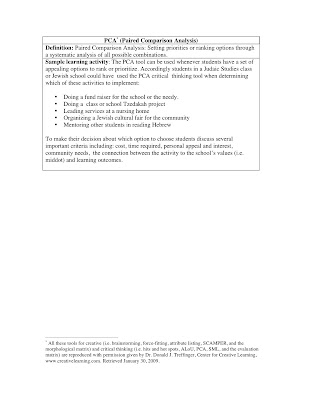When mentoring our pre-service and in-service teachers we need to describe and model both research-based and clinically tested best practices, and demonstrate how these best practices can be applied in the real (i.e. physical) and virtual (online) classroom for both teaching and teacher training, The combination of face to face instruction in a physical setting and online learning is called blended learning. In this section of the blog we will describe how the internet can serve as a supplemental resource for instruction and the mentoring of pre-service and in-service Jewish educators. In this post we will share a tutorial showing how students can use Springnote as a personal notebook in a Judaic Studies blended learning classroom.
Assumption: The teacher or mentor teacher has a interactive white board (i.e. SMART Board, Promethean, etc.), a Tablet PC (also called a Slate or Blade), a computer presenter or computer with internet access attached to an LCD projector in the classroom. It would be ideal if students or mentees had access to their own laptop computers as well.
Note: Although the springnote collaborative writing web tool can be applied in the Judaic Studies blended learning classroom, it can be also be used for training pre-service and in-service Jewish educators for professional or staff development. It is our hope that Jewish educators around the globe will form an online community of practice, a CoP, a group of people who share an interest, a craft, and/or a profession, to enhance the delivery of instruction and training of Jewish educators.
Here is the tutorial on how the web tool Springnote can be used as a personal notebook in a Judaic Studies blended learning classroom.
In the next post I will demonstrate how to use Springnote for writing a personal notebook via a screencast video.


